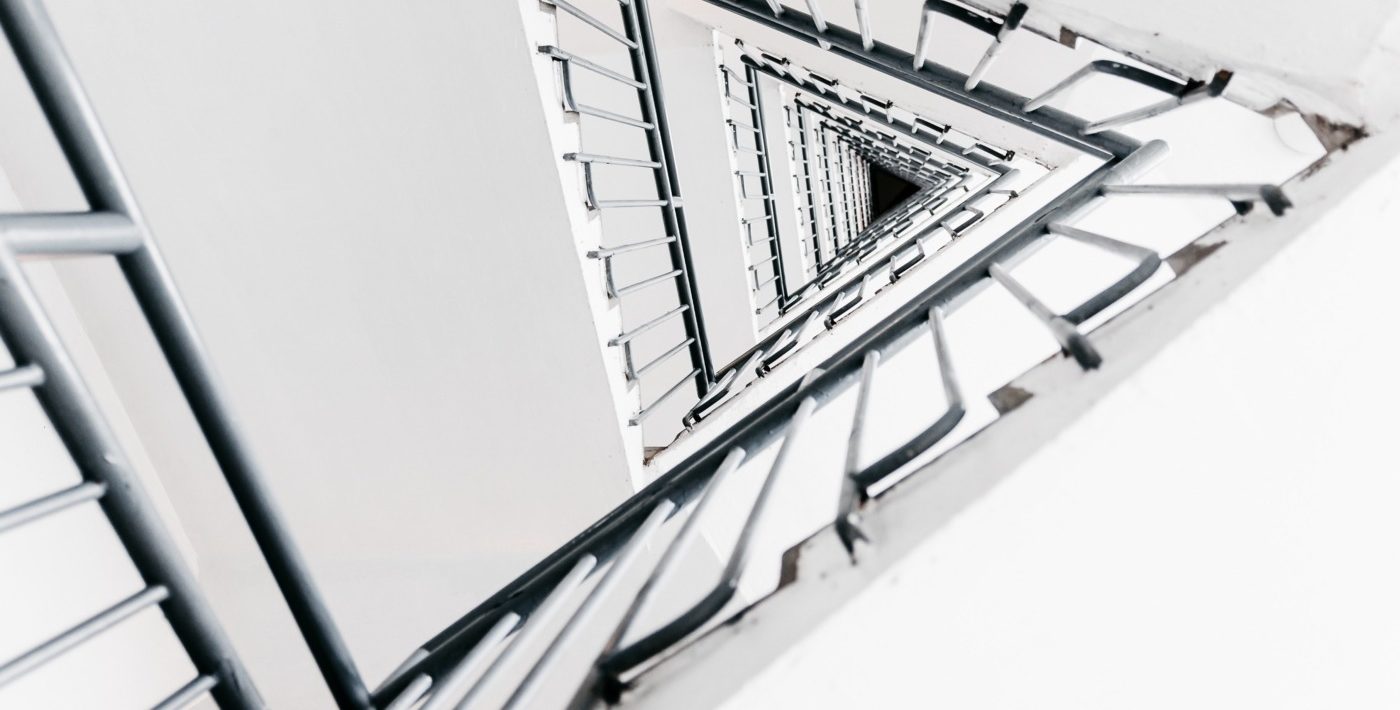Why arts students love the sciences
As part of our ArtsTech collaboration, we wanted to find out what Science and Arts students love about the other discipline, and why they think the intersection is so important. Read on to find out what aspects of science inspire arts students.
Meg Colborne:
The ability to question the world around us is a skill I feel all degrees should strive for. While arts and sciences are often pitched as antitheses to each other, the desire to create something new unites them more than most realise. Scientists have to harness their creativity to break previous limitations for discoveries in their field, and the arts have to be analytical and grounded in reality in order to realise their vision successfully. Arts students are forever plagued by needing to be ‘original’, yet science proves that there is always more; whether that be a deeper understanding of a subject, a new development, or proving an axiom is more ambiguous than it seems. For me, science is inspiring for its commitment to finding the ‘truth’ and, in that, its not being afraid to challenge and oppose conceptions that come before, a skill that I, and other arts students, should embrace more often.
Alpana Sajip:
It has taken coming to university for me to realise that the understanding the link between the sciences and the arts was, is and always will be integral to unlocking the key to our progress as a species and as a planet. At school, I used to brush aside the sciences as unrelated to the novels that I delved into with relish. Now, studying English Literature at university, I am constantly confronted with scientific issues such as human destruction of the environment, questions surrounding cosmology, and the effects of differing psychological states. Ecocriticism is something that has particularly caught my attention this year. The collaboration of scientific research and artistic response has brought the urgent issue of climate change into the wider public domain, and criticising the existing power structures that continue to pollute the environment has been so important in encouraging discussion and aiding the global movement towards saving our planet. These subjects are even being analysed closer to home, with recent productions such as Emergency Chorus’ Landscape (1989) as part of the Emerge Festival, proving that we can always incorporate something into our art from the important scientific studies happening both at home and away.
Jasmine Parker:
For some reason I have had a strange fascination with the Fibonacci sequence ever since first learning about it at school. Thankfully, I feel I can justify this somewhat nerdy obsession by telling you all about its importance in art and nature. When drawing the Fibonacci sequence as a diagram you end up with the divine ratio – a pattern which appears frequently in nature, everywhere from shells and flower petals, to the shape of galaxies. In fact, studies show that a person is perceived to be more attractive depending on how closely their facial proportions resemble that of the golden ratio. This natural aesthetic appreciation is why the pattern is so frequently used in art. Start looking and you’ll see it in Hokusai’s wave, Mondrian’s squares, and even the Apple logo – turns out there’s lots to be learned from a simple pattern of numbers.

Comments
Comments are closed here.